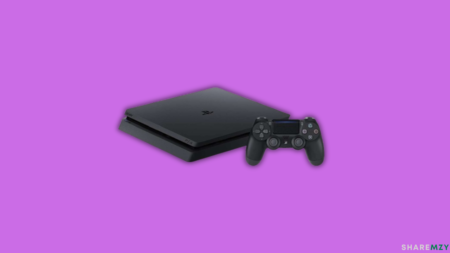
The Steam Deck features a custom AMD APU, integrating both CPU and GPU components for a compact and power-efficient gaming solution. The video card is based on AMD’s RDNA 2 architecture, delivering performance optimized for portable gaming. It operates with 8 compute units (CUs), a modest number compared to desktop Graphics Cards, but sufficient for the device’s 720p to 800p resolution targets.
In terms of equivalents, the Steam Deck’s Graphics Cardperformance is comparable to entry-level discrete graphics card such as the NVIDIA GTX 1050 or the GTX 1650. While not as powerful as newer desktop cards, the optimization for handheld gaming ensures it delivers a smooth experience in many modern titles, making it an excellent choice for gamers on the go.
What Graphics Card is in the Steam Deck?
The Steam Deck’s video card is a custom AMD RDNA 2-based solution integrated within its Aerith SoC. It features 8 compute units (CUs), operating at a clock speed between 1.0 and 1.6 GHz, optimized for portable gaming performance. The graphics card is specifically designed for the Steam Deck’s native resolution of 720p to 800p, striking a balance between performance and efficiency.
In terms of real-world gaming, the Steam Deck’s graphics card delivers performance comparable to the Nvidia GTX 1050 Ti or the AMD Radeon RX 550. While it doesn’t rival high-end graphics cards, it can run many modern AAA titles at medium settings, making it an excellent choice for portable gaming without significant compromises.
Nvidia RTX 3050
The Nvidia RTX 3050 surpasses the Steam Deck’s video card in performance, achieving 4.8 TFLOPS compared to the Steam Deck’s approximately 1.6 TFLOPS. It features advanced technologies like ray-tracing cores, DLSS, and 8GB of GDDR6 memory, which enhance visual quality and overall gaming performance. Despite its higher power requirements, the RTX 3050 is a suitable modern equivalent for benchmarking the Steam Deck’s capabilities.
Specs:
- CUDA Cores: 2,560
- Video Memory: 8GB GDDR6
- Memory Clock: 14,000 MHz
- Power Requirements: 130W (8-pin power connector)
Pros:
- Delivers excellent performance for 1080p gaming at high settings.
- Supports ray tracing and DLSS for enhanced visuals and performance in supported games.
Cons:
- Struggles with ultra settings in some demanding AAA titles.
- Requires more power compared to budget graphics cards.
Nvidia GTX 1050 Ti
The Nvidia GTX 1050 Ti is often regarded as an approximate equivalent to the Steam Deck’s graphics card in terms of gaming performance. Both are suited for entry-level gaming, with the 1050 Ti delivering reliable 1080p gaming at medium settings, while the Steam Deck excels at 720p to 800p gaming, prioritizing portability and energy efficiency. Performance is comparable in many games, making the 1050 Ti a valid benchmark.
Specs:
- CUDA Cores: 768
- Video Memory: 4GB GDDR5
- Memory Clock: 7,008 MHz
- Power Requirements: 75W (no external power connector needed)
Pros:
- Affordable and power-efficient, ideal for budget builds.
- Delivers good performance for 1080p gaming at medium settings.
Cons:
- Lacks support for modern features like ray tracing or DLSS.
- Struggles with demanding AAA titles at higher graphical settings.




